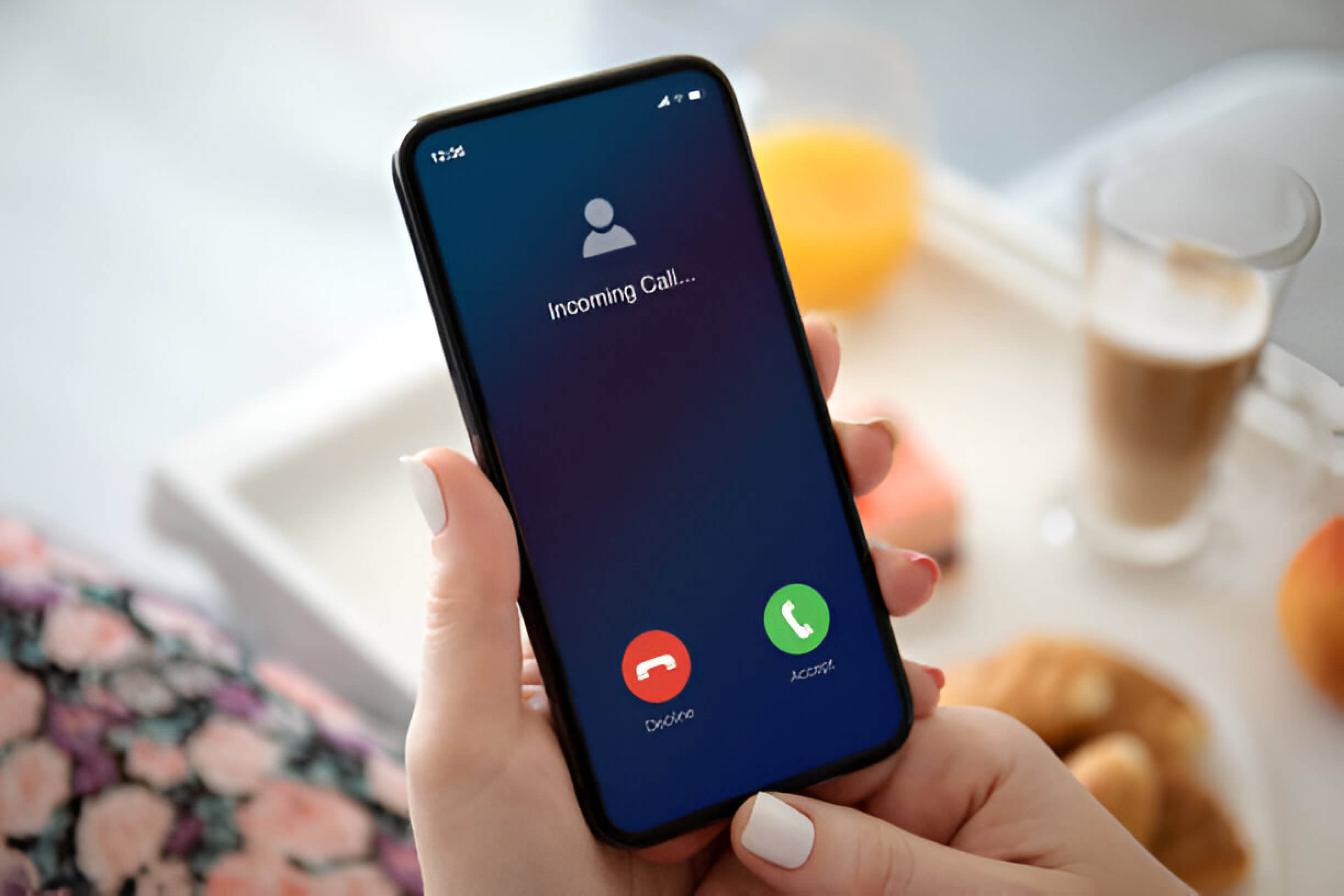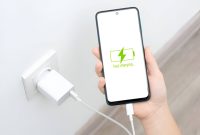Screen recording phone calls has become a topic of interest for many, driven by various personal and professional needs. While the technology exists to capture both audio and visual elements of a call, it’s crucial to approach this practice with a thoughtful and informed perspective.
Understanding the basics of screen recording phone calls involves recognizing that it’s not just about technical capability but also the legal and ethical implications. Different jurisdictions have varying laws regarding call recording, so it’s essential to be aware of your local regulations before proceeding.
Many modern smartphones offer built-in options for call recording, though these features may be limited or unavailable depending on your device and operating system. For those seeking more robust solutions, third-party apps and software can provide additional functionality, but it’s crucial to vet these tools carefully for security and privacy concerns.
Exploring the potential uses and benefits of screen recording phone calls is enlightening. From preserving meaningful conversations to creating training materials, there are legitimate reasons for this practice. This knowledge empowers you to make informed decisions. However, it’s equally important to weigh these benefits against privacy considerations and respect for all parties involved in the call.
For those who decide to proceed, a step-by-step guide can help them navigate the technical aspects of screen recording calls. However, it’s crucial to remember that alternatives exist, such as taking notes or requesting written follow-ups, which may be more appropriate in certain situations.
Ultimately, the decision to screen record a phone call should be made carefully considering legal, ethical, and practical factors, ensuring that all parties’ rights and privacy are respected.
Understanding the Basics of Screen Recording Phone Calls
Screen recording phone calls has become an increasingly helpful tool in our digital age. This technology allows users to capture audio and visual elements of a conversation, providing a comprehensive record of interactions. Understanding the basics of screen recording phone calls is essential for business meetings, interviews, or personal use.
At its core, screen recording during a phone call involves capturing everything displayed on your device’s screen, including the call interface and shared content. This differs from traditional audio-only recording by providing visual context, which can be particularly valuable for video calls or when discussing visual information.
It’s important to note that call capture methods may vary depending on your device and operating system. Most modern smartphones have built-in screen recording features, while third-party apps can offer additional functionality. These tools typically allow users to record internal audio (from the phone itself) and external audio (from the microphone), ensuring clear capture of both sides of the conversation.
However, being aware of legal and ethical considerations when recording calls is crucial. Many jurisdictions require consent from all parties involved, and violating these laws can lead to severe consequences. Always inform participants that the call is being recorded and obtain their permission before proceeding.
By mastering the basics of screen recording phone calls, users can enhance their communication practices, create valuable records, and leverage this technology for personal and professional purposes.
Legal Considerations
When considering recording phone calls, it’s crucial to understand the legal landscape surrounding this practice. Call recording laws vary significantly across jurisdictions, making it essential to research the specific regulations in your area before pressing that record button. This understanding provides a sense of security and knowledge.
In the United States, federal law permits recording phone calls with the consent of at least one party to the conversation. However, many states have enacted their own more stringent regulations. Some states follow “one-party consent” laws, where only one person involved in the call needs to be aware of and agree to the recording. Other states adhere to “two-party consent” or “all-party consent” laws, requiring every participant’s approval before recording can occur legally.
It’s important to note that these laws can become complex when calls cross state lines or international borders. It is generally advisable to follow the strictest applicable law to ensure compliance.
Violating wiretapping laws can lead to severe consequences, including criminal charges and civil liabilities. Therefore, it’s always best to err on the side of caution and obtain explicit consent from all parties before recording any phone conversation. This approach ensures legal compliance and fosters trust and transparency in your communications, making you a responsible and respectful user.
Built-in Options for Recording Phone Calls on Different Devices
Many modern smartphones come equipped with built-in options for recording phone calls, though the availability and functionality of these features can vary significantly between devices and operating systems. Android users often have an advantage in this area, as many Android phones offer native call-recording capabilities. These features are typically accessible through the phone app’s settings or during an active call.
On the other hand, iPhone users need more support regarding built-in call recording options. Apple does not provide a native call recording feature due to privacy concerns and varying legal restrictions across regions. However, some iPhone models support call recording through third-party apps or carrier-specific services.
It’s important to note that the availability of these features can also depend on your specific device model, software version, and regional regulations. Some smartphone manufacturers may disable or modify call recording capabilities to comply with local laws. Always check your device’s settings and user manual to understand the exact recording options available on your smartphone.
When using any call recording feature, it’s crucial to be aware of and comply with applicable laws regarding consent and privacy. In many jurisdictions, it must inform all parties that the call is being recorded before proceeding with the recording.
Third-party apps and Software for Screen Recording Calls
Third-party apps and software offer versatile solutions for screen recording calls, catering to various needs and platforms. These tools range from simple voice recording applications to comprehensive video call recorders with advanced features.
Many call-recording apps are designed for mobile devices, allowing users to capture incoming and outgoing calls effortlessly. Some popular options include Call Recorder ACR, Automatic Call Recorder, and TapeACall Pro.
For desktop users, screen capture software like OBS Studio, Camtasia, and Screencast-O-Matic provides robust capabilities for recording video calls, webinars, and online meetings. These tools often include options for simultaneously capturing system audio, microphone input, and webcam footage.
Voice recording tools such as Audacity and Voice Recorder & Audio Editor focus primarily on audio capture, making them ideal for recording phone interviews or podcast conversations.
For those who frequently engage in video conferencing, dedicated video call recorders like Evaer for Skype and Ecamm Call Recorder for FaceTime offers seamless integration with popular communication platforms.
When choosing a recording solution, consider factors such as ease of use, output quality, file format options, device compatibility, and preferred communication methods. Always comply with local laws and obtain necessary consent before recording any conversations.
How to Screen Record a Phone Call
Screen recording a phone call can be helpful for various purposes, from documenting meaningful conversations to creating tutorials. Here’s a step-by-step guide to help you capture your phone calls effectively:
- Check legal requirements: Before recording any call, ensure you know and comply with local laws regarding call recording consent.
- Choose a recording app: Select a reliable screen recording app from your device’s app store. Popular options include AZ Screen Recorder for Android and Screen Recording for iOS.
- Set up the app: Install and configure the app, granting necessary permissions for audio and screen capture.
- Prepare for the call: Open your phone’s dialer app and the screen recording app side by side.
- Start recording: Initiate the screen recording before making or answering the call.
- Make or answer the call: Proceed with your phone conversation as usual.
- End the recording: Stop the screen recording once the call is finished.
- Review and edit: Check the recorded video and trim any unnecessary parts.
- Save and share: Store the recording securely or share it as needed.
Remember to test the process beforehand to familiarize yourself with the recording setup. If you encounter any issues, consult the app’s troubleshooting tips or seek support from the developer.
Potential Uses and Benefits of Recording Phone Calls
Recording phone calls can serve various purposes across personal and professional domains. Call recording is an invaluable tool for improving customer service in business settings. By analyzing recorded interactions, companies can identify areas for improvement, train staff more effectively, and ensure quality control. Additionally, these recordings can provide legal protection in case of disputes or misunderstandings.
Call recording can aid in record-keeping for personal use, particularly for essential conversations such as medical consultations or financial discussions. It allows individuals to revisit complex information or instructions that may have been missed during the initial discussion.
In journalism and research, call recording significantly improves interview documentation. This ensures that quotes and information are captured precisely, reducing the risk of misrepresentation.
However, it’s crucial to note that call recording laws vary by jurisdiction. Always obtain consent from all parties involved and familiarize yourself with local regulations before implementing call recording practices. When used ethically and legally, phone call recording can be a powerful tool for enhancing communication, protecting interests, and improving various aspects of personal and professional life.
Privacy and Ethical Considerations When Recording Calls

When considering call recording, privacy and ethical concerns must be at the forefront. Respecting privacy is paramount; organizations must adhere to strict data protection regulations. Ethical recording practices involve obtaining consent from all parties involved and communicating the purpose of the recording.
Confidentiality concerns arise when sensitive information is discussed during recorded calls. Implementing robust security measures to protect this data from unauthorized access or breaches is crucial. Organizations should establish clear policies on storing, accessing, and eventually destroying recorded information.
Call privacy extends beyond legal requirements; it’s about maintaining trust with customers and employees. Transparency about recording practices, including when and why calls are recorded, helps build this trust. Additionally, providing options for individuals to opt out of recordings demonstrates a commitment to respecting personal preferences.
To ensure ethical use of recorded calls, organizations should limit access to authorized personnel and use the information solely for its intended purpose, such as quality assurance or training. Regular audits of recording practices help maintain compliance and identify areas for improvement in protecting privacy.
Alternatives to Screen Recording Phone Calls
While screen recording phone calls can be helpful, several practical alternatives can help you capture vital information without legal or privacy concerns. Call transcription services offer a convenient way to convert spoken conversations into written text, allowing for easy reference and searchability. Note-taking during calls, whether manual or using digital tools, remains a reliable method for documenting key points and action items. Voice memos provide a quick and easy option for recording your thoughts and summaries immediately after a call. Summarizing conversations post-call can help distill the most crucial information while maintaining confidentiality. Collaborative call tools, such as shared digital whiteboards or real-time document editing, enable participants to contribute and capture ideas simultaneously. These alternatives respect privacy and often prove more efficient in organizing and retrieving important call information for future use.










